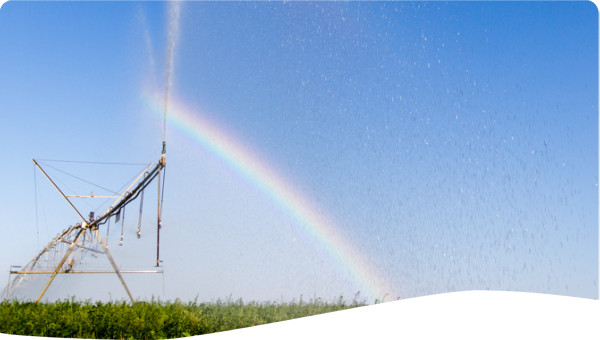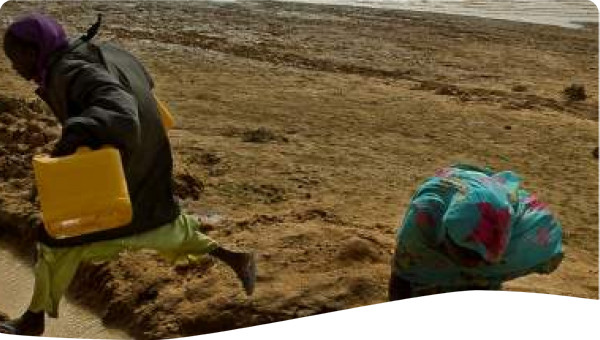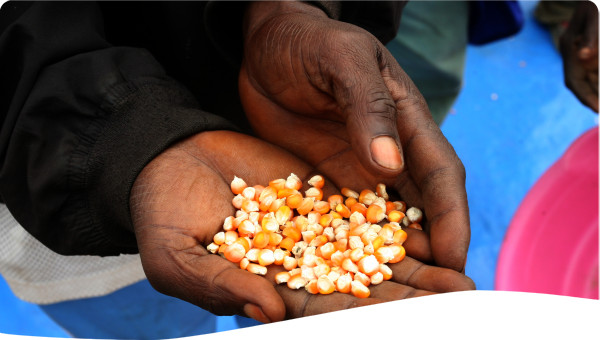 Tool -
Tool -
The Water – Energy – Food Nexus was brought to the fore by the World Economic Forum in 2008 and by the international Bonn 2011 Nexus Conference. The Nexus, also referred to as the WEFE Nexus to explicitly recognise its environmental dimension, has since been adopted by numerous actors as a key framework to structure action.
The Nexus approach stems from the realisation that water, energy, agriculture and natural ecosystems exhibit strong interlinkages, and that, under a traditional sectoral approach, attempting to achieve resource security independently often endangers sustainability and security in one or more of the other sectors (Fig. 1). Whilst inter-sectoral coordination have long been recognised as fundamental to sustainable development, in practice, siloed management and policy fragmentation remain prevalent. The Nexus approach proposes a practical approach to create the inter-sectoral connection needed accross key sectors and to foster integrated management.
Under the Nexus approach, interlinkages, synergies and trade-offs are analysed and discussed, with the aim of identifying solutions, fostering water-food-energy security and efficiency, and reducing impacts and risks on ecosystems. The Nexus supports an integrated and coordinated approach across sectors, with a view to reconcile potentially conflicting interests, as sectors compete for the same scarce resources, all the while capturing existing opportunities and exploring emerging ones.
Figure 1. Nexus inter-linkages (GWP Mediterranean, 2020)
In many ways, the IWRM and the Nexus are closely related ; a difference is that IWRM starts with the water resource whereas nexus approaches look at all three elements as an interrelated system from the start - water concerns, however, often act as a catalyst for Nexus approaches.
The body of academic research on the nexus concept is growing: some research is more conceptual, while other focuses on quantitative analysis. Cases of applications of the nexus in practice are also developing. The two major platforms for references and resources on the nexus are:
- The Water, Energy & Food Security Resource Platform
- UNECE Water-Food-Energy-Ecosystems Nexus area of work
A fundamental part of any Nexus initiative is the the assessment of nexus-related interlinkages, leading to the identification of solutions and actions.
The reference methodological framework for the Nexus Assessment is the Methodology for assessing the water-food-energy-ecosystems nexus in transboundary basins and experiences from its application, developed by UNECE (2018). The Assessment is used as a means to identify solutions and concrete actions to achieve a more sustainable and collaborative management of resources, as well as to reduce tensions between sectors and countries. Whilst focusing on transboundary basins, the approach is applicable to other contexts. The methodology proposes a pragmatic approach to assessing the Nexus, dealing with the deep complexities that are revealed when several sectors are analysed together. It also provides examples of applications from different contexts.
The methodology relies on six main steps (Fig. 2):
- Socio-economic context: Desk study analysis of the socioeconomic context and general conditions of the basin.
- Key sectors/actors: With the relevant authorities, identification of the key sectors to be analysed in the assessment (power production, agriculture, tourism, etc.), of the corresponding key actors, and identification of stakeholders.
- Analysis of key sectors: through identification of resource flows, when possible supported by quantitative indicatorsm and governance analysis.
- Intersectoral issues: First workshop to kick off intersectoral and transboundary dialogue and enable direct consultation. The workshop results in the development of lists of basin specific interlinkages and pressing intersectoral issues.
- Nexus dialogue: Unabling stakeholders to share their sectoral perspectives, agree on prioritising the identified interlinkages, and discuss how they are expected to change in the future. Potential solutions to priority issues start to emerge.
- Solutions and benefits: Further analysis of the jointly identified issues and solutions, quantifying them wherever possible, to reveal possible solutions to increase synergies in the management of water and other resources through a number of technical solutions and policy intervention. Second workshop to discuss solutions and translate them into feasible actions.
Figure 2. Schematic diagram of the six-steps with inputs and outputs (Adapted from UNECE, 2018)
The process provides for a progression from the overall socioeconomic context of a basin and its surrounding region to a zooming in on the specific intersectoral issues at play. Throughout the assessment, different participatory methods should be mobilised to gather information and facilitate dialogue among stakeholders, as well as frameworks and tools to analyse and quantify interlinkages, as appropriate and applicable.
The methodology is not a prescriptive bluepint. While the basic principles and steps of the methodology remain generally applicable, approaches to assessments undertaken under the UNECE area of work vary on a case-to-case basis for example. The methodology also usefully references different tools available for the quantitative analysis of nexus dynamics. These usually rely on the application of modelling software or development of models, and are presented in section 3.9.1 of UNECE methodology.






